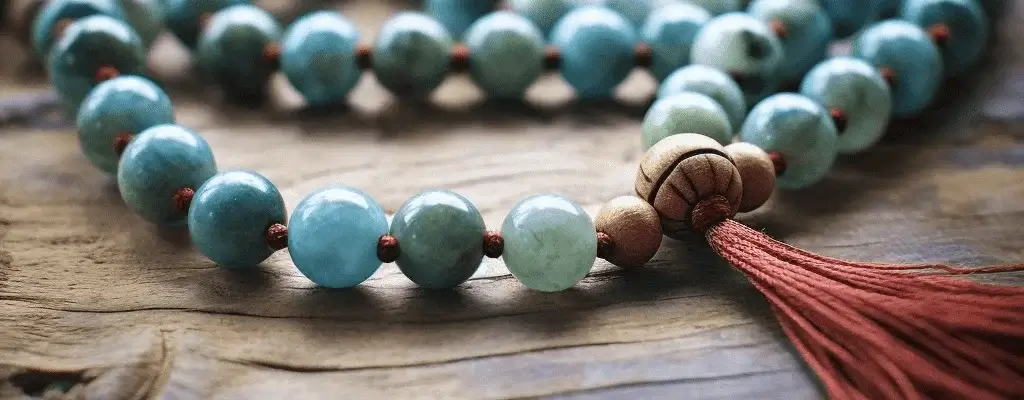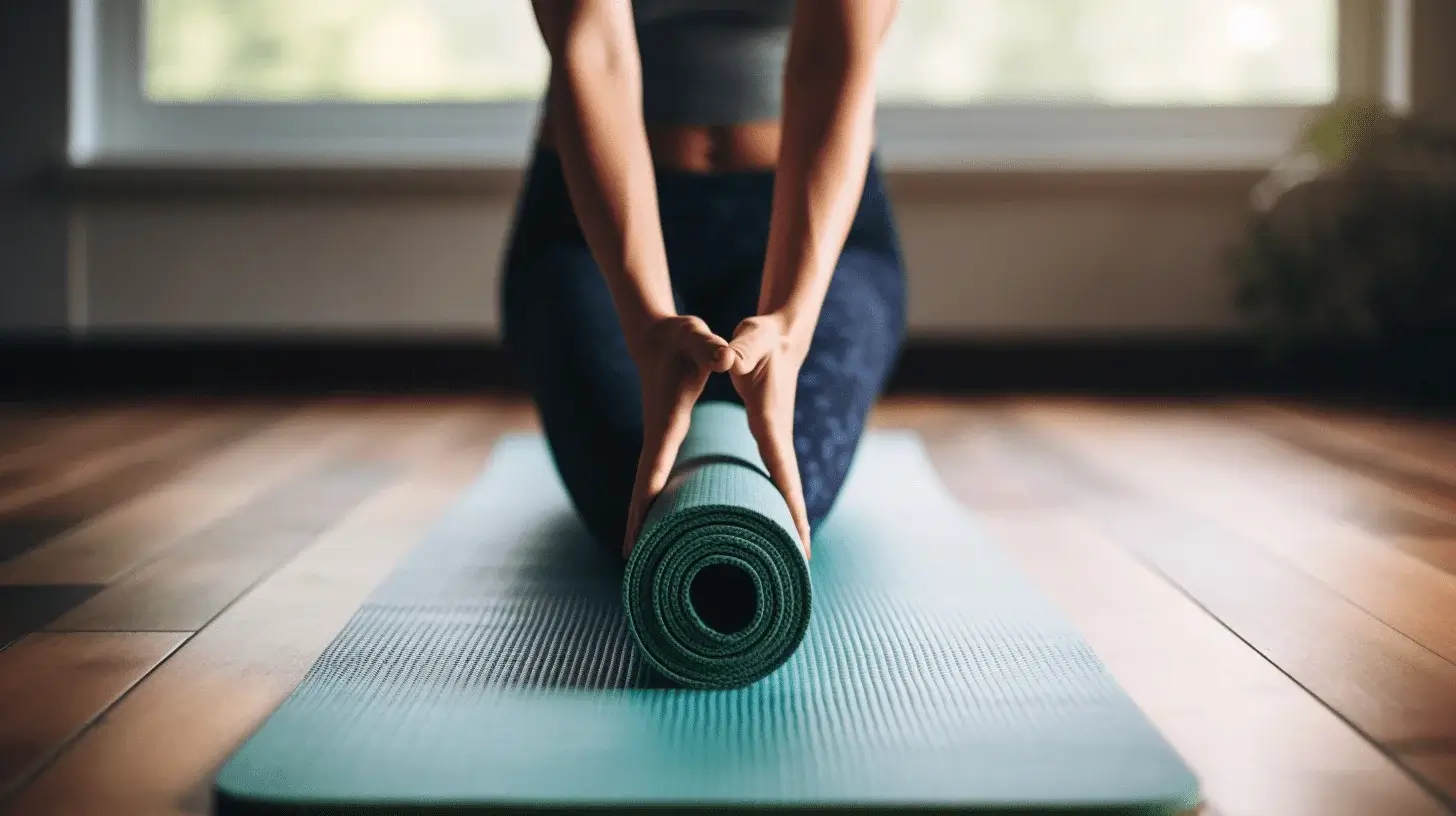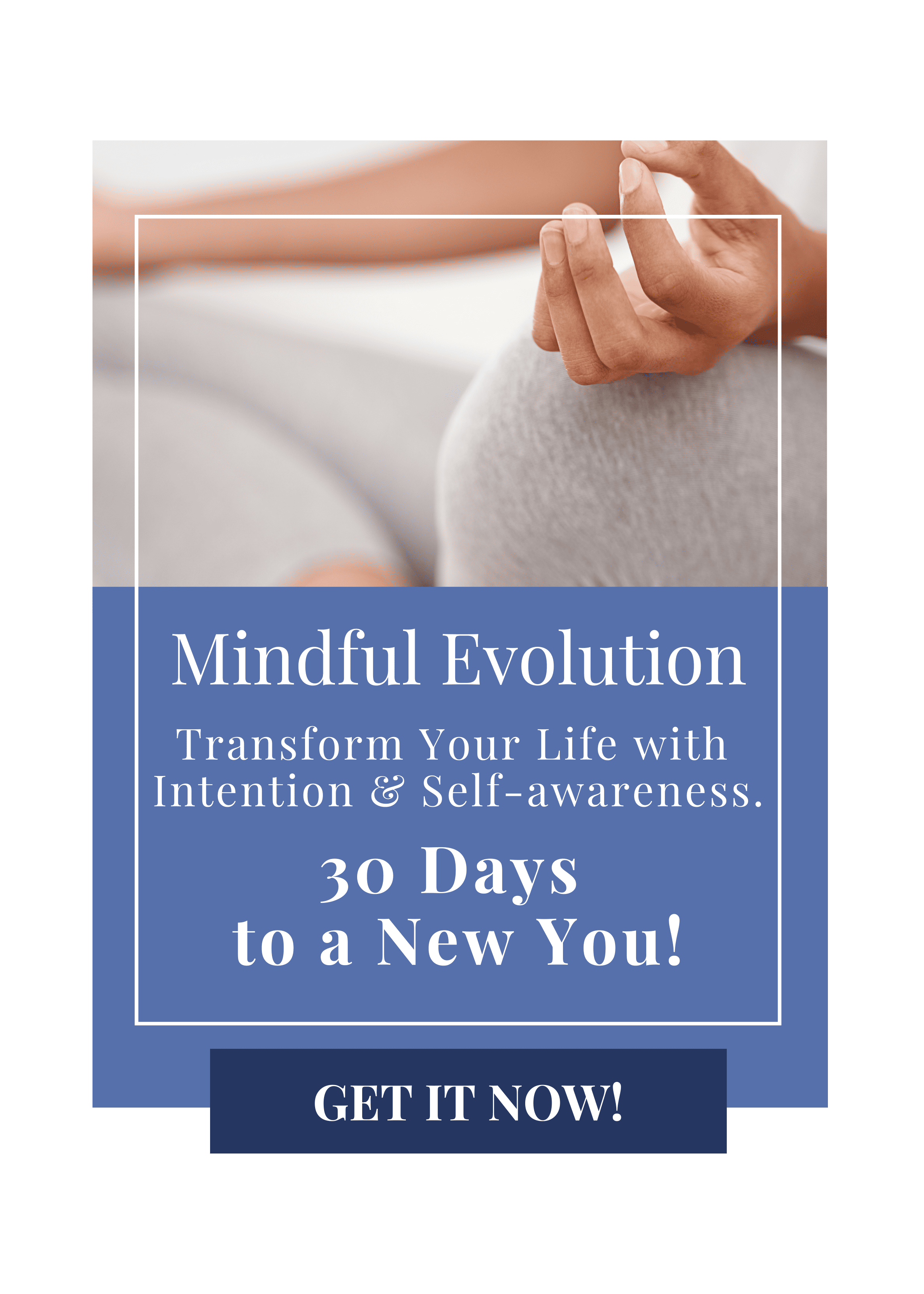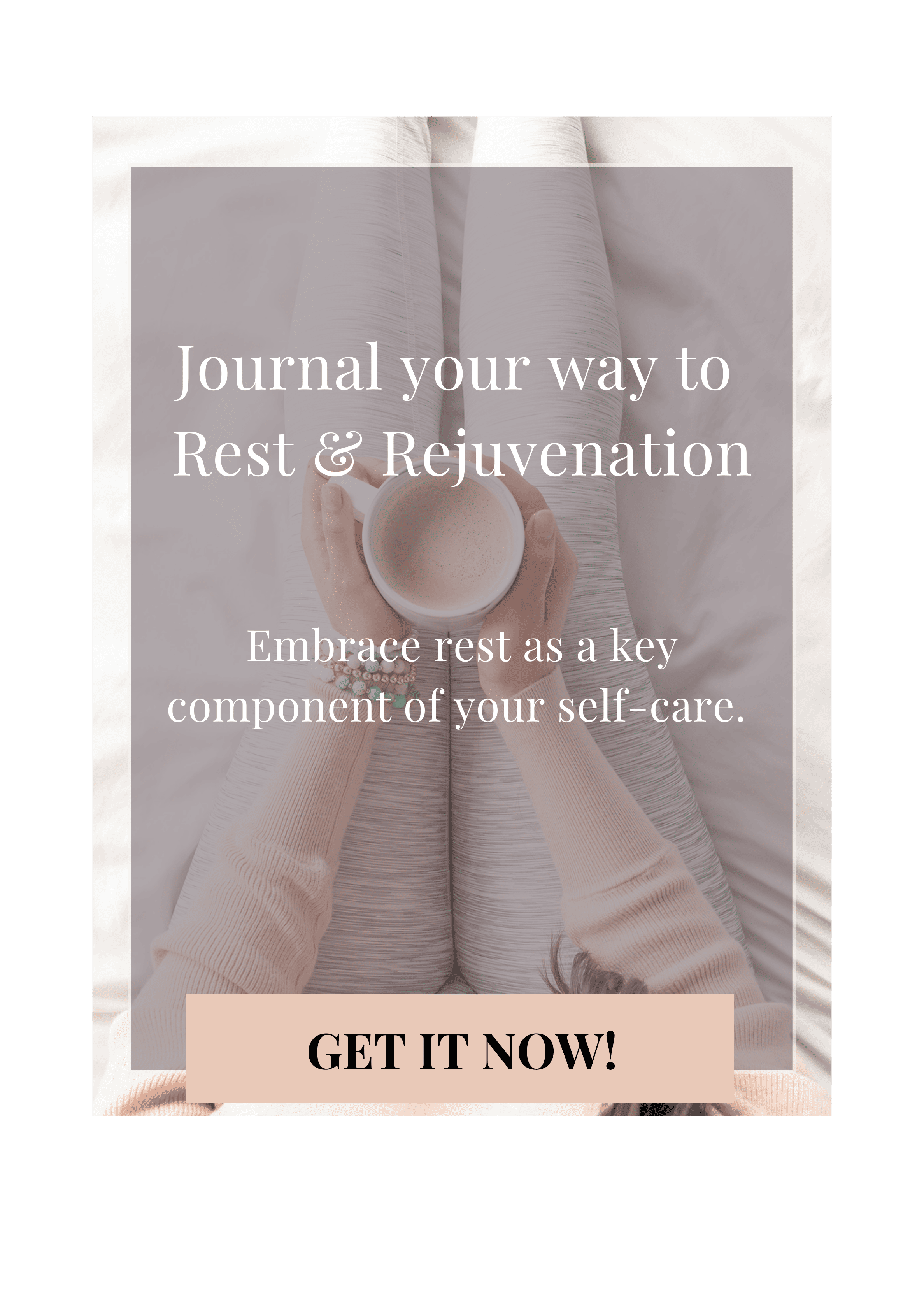If you are in the process of buying a yoga mat (maybe even your first yoga mat!) but don’t really know what you should be looking for, take a minute to read this. I’ve used countless mats throughout my years of teaching yoga, both for myself and in group coaching settings.
I could talk long and wide about yoga mats, but because you can often buy a yoga mat to take home with you while buying milk in the supermarket, you might think that a yoga mat is just a mat. But even though a training mat seems to be just another tool, choosing the right mat for you and the yoga you practice is an important part of getting the best out of your training.
If we’re being completely honest, you don’t need any props to practice yoga. Yourself in some clothes you can move in, and a flat floor surface big enough to train on is enough. But as with so much else in life, it’s always a little more fun with the right equipment, and if it’s a little more fun, you’ll keep training! Which is quite important if you want to achieve more than a few stretches with your yoga.
If you e.g. start running, you can easily run in the shoes you have been wearing so far, but over time you will probably experience problems with your feet, knees, and hips. So you buy a pair of running shoes, and not just any shoe. You buy them in the right size, fit, and perhaps with special properties such as pronation.
The same can be said to apply to a yoga mat. You can easily buy a random mat and train on it. But if you want to make sure that the mat supports you in your training, and that you will want to train on it for many years to come, it might pay to take a closer look at what you buying.
A yoga mat is indispensable when you practice yoga, regardless of whether you practice more dynamic yoga or restorative – more calm yoga. There are many providers and mats on the market, in many sizes, thicknesses, materials, and colors, so it can be difficult to choose. So when you choose, decide what your yoga mat should be able to do in relation to your needs, and the type of yoga you practice.
Below I have compiled a small overview of several good tips, on how to find a mat that suits you.
Oh, and once you’ve bought your mat, be sure to check out my mat-cleaning recipe. Doing yoga might look like it’s relaxing, but trust me, once you practice you’ll find that your mat will need cleaning every now and then!
There are 2 decisive factors when we talk about mats; thickness and surface.
Thickness
Ultra-thin mat under 1.5 mm
Portable lightweight mat, suitable for travel.
The mat can be rolled or folded.
Training on it is like training on the floor but with a better grip. But it can also be used on top of another mat for better grip or, and this is a little trick, to take with you to the yoga studio, where it can be rolled out over the borrowed studio mat. This way you don’t have to lug your own thicker/heavier yoga mat with you, and in COVID times train on a mat other people also use.
It has the advantage that it can also be folded instead of just rolled up, so you can put it in a bag and not have to carry it around as a rolled-up mat.
Thin mat. 1.5 – 2 mm
Portable lightweight mat, suitable for travel.
Can be placed on top of a standard mat for a little more support for knees and joints.
For most people, the mat will not be thick enough for daily training, but thin enough to create stability for standing balance positions.
Standard mat. 3 mm
Thick enough to support your knees and joints in sitting and kneeling positions, but still thin enough to provide stability for standing balance positions. On thinner mats, you can use a folded-up blanket where you want a little extra support.
Thick mat. 4.5 – 5 mm
Good for if you need a little extra support, gentler on knees and joints, and suitable for more restorative yoga and lying positions. Practitioners can still find stability in standing balance positions.
This is the type of mat I use for/in my teaching, and this is the thickness I would recommend that you invest in.
Extra thick mat. 5 – 8 mm
Ideal for restorative yoga, lying positions, and stretches. However it can be difficult to find stability for standing balance positions, so not particularly suitable for a yoga flow class.

Get my personal yoga mat cleaner recipe here!
Surface
The surface of the mat is decisive for whether you can keep your hands and feet stably positioned on the mat in the poses. Yoga mats are available with everything from smooth surfaces to more or less texture, which can help determine how non-slip the mat is.
Most yoga mats have a slightly non-slip surface that is sticky enough to keep your hands and feet stable during a standard yoga class, e.g. Vinyasa yoga. Whether you prefer a textured surface or a smoother one is up to you.
Mats with high slip resistance are made from a material that increases the non-slip feel of the mat and/or a high degree of texturing. A mat with high slip resistance may be preferable if you know that your hands sweat and e.g. can slide in the Down Dog position (Adhvo Mukha Svanasana) or you practice in warm surroundings as with Hot yoga. When training in warmer temperatures or very dynamic yoga, a thin towel can be placed on the mat.
In addition to thickness and surface, size and material can play a role, here it is more a matter of personal taste and preferences.
Size
A standard yoga mat is approximately 183 x 61 cm. Which is a suitable size for most people, if you are particularly tall you may benefit from a little extra length to be able to perform certain poses better. Many manufacturers therefore also supply mats in a length of 200 cm.
The mat width of approx. 61 cm on a standard mat covers most people’s needs, wider mats are available, but are more a matter of comfort than practical issue.

You might also like “Five amazing books on yoga“
Material
As yoga has become popular, more and more types of mats have come on the market. Traditionally, the mat was in a single color, but you can now get them in a myriad of patterns and colors. The surface can be textured or smooth, but this does not necessarily tell you anything about how non-slip the mat is, in relation to grip, the material is more decisive.
100% natural rubber is an excellent choice, these mats get better with age as you sweat on them. However, be careful if you have a latex allergy.
PVC or TPE mats, most mats are now phthalate-free and have an excellent grip, as with rubber they become more non-slip with long-term use. These mats have a softer, more uniform surface, concerning unwanted chemistry, you may want to investigate this before purchase.
Cork bark is naturally anti-bacterial and helps to avoid bacteria that cause bad smells. As you use and sweat on the mat, it gains a better grip, you can advantageously spray them with water before training to speed this up.
Jute mat with rubber underside. Since it is a natural material, the surface is more uneven, with regular training these mats will visibly wear out more/sooner than other mats.
Wool or cotton mat with rubber underside. These are primarily suitable for restorative yoga such as yin yoga and more calm training, they are softer and more heat-insulating. I personally wouldn’t use them for anything other than yin yoga. A sustainable choice.
Other factors
Weight
Another important factor is the weight. If you have to bring the mat back and forth to the yoga studio, weight can quickly become important to you. My suggestion is to buy an ultra-thin travel mat and place it on top of the studio’s mat when training. In addition to taking up less space and weighing less, they can also be folded and placed in a bag, and usually have a super good grip. If you train at home, you can buy a heavier mat or e.g. use a thin mat over a carpet.
Manufacturer
Perhaps it also matters to you if it is produced under proper conditions and from sustainable materials without polluting chemicals. Here, the price can often be a good indicator. You can investigate this yourself on the manufacturer’s website.
Check especially mats that you find on offer in the supermarket, and which are especially cheap for unwanted chemistry. In yoga, the mat is not only used for hands and feet, but you often have your face in close contact with the mat.
My recommendation
I would personally always suggest that you choose a thinner mat over a thick one. Thick mats, which are often used for fitness training and are what you most often find in the gym, make it difficult to find and maintain balance in standing poses, and the important contact between the bottom of your feet and the floor disappears.
If you feel discomfort in your hands or knees on a thinner mat, you can advantageously fold a blanket and place it under your knees or wrists in more challenging poses.
Happy hunting 😊
Want to work with me one-on-one? Check out my offers ⬇️







